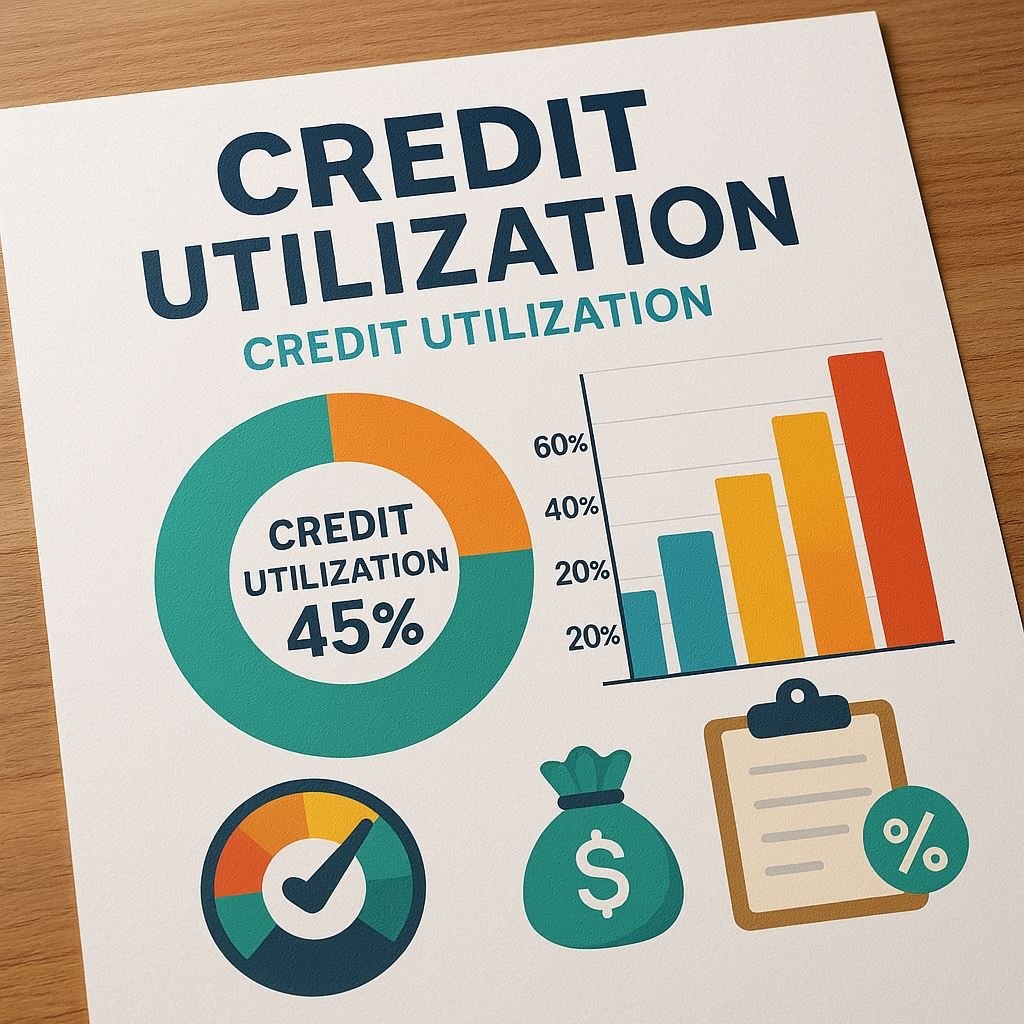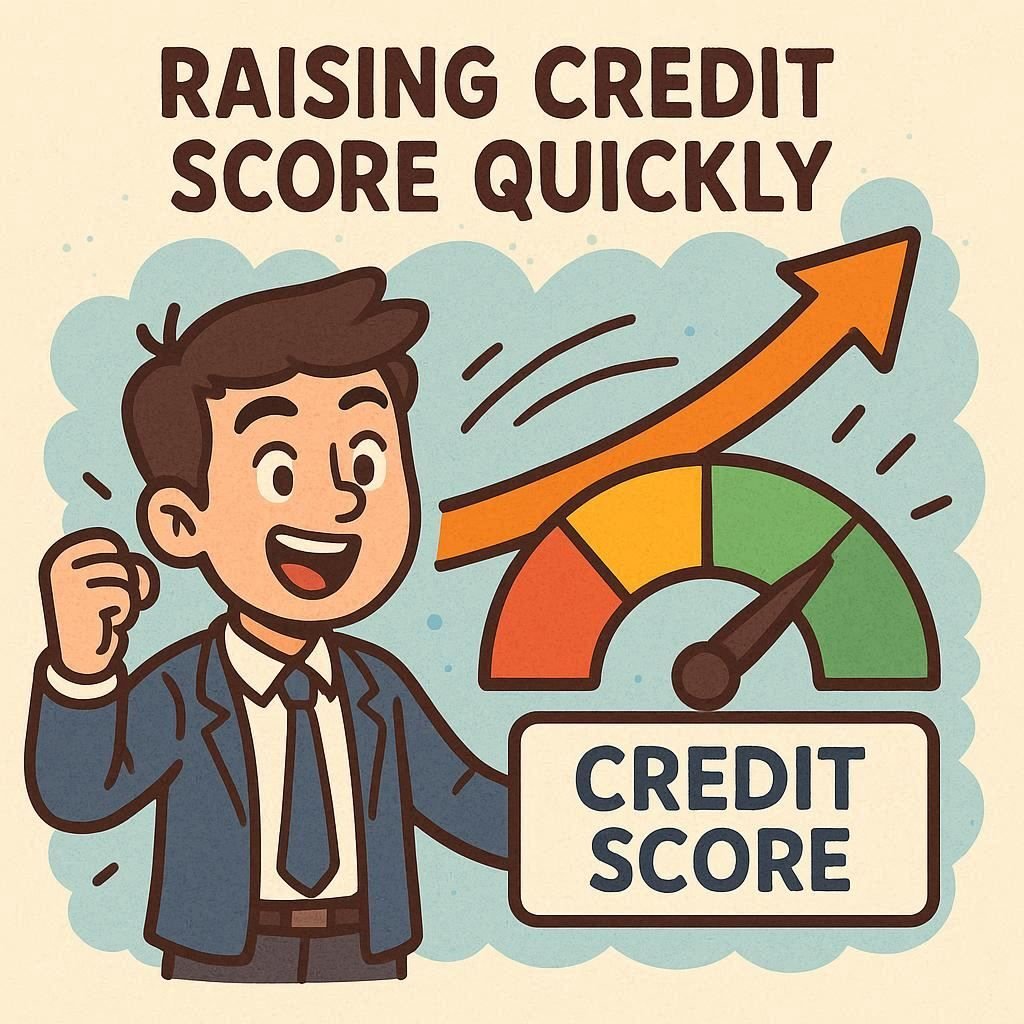Category: Credit Management
Good credit isn’t just about getting approved for a credit card or a car loan—it affects your insurance rates, apartment applications, even some job opportunities. The good news? You don’t need to be a finance expert to manage credit well. With a few clear habits and a little consistency, you can improve your credit score quickly, save money on interest, and reduce stress. This guide walks you through the essentials in plain English and gives you a practical plan you can start today.
Understand What Makes Up Your Credit Score
Your credit score is a three-digit snapshot of how risky you are to lenders. While different scoring models exist, most reward the same behaviors:
- On-time payments (the biggest factor): Pay every bill by the due date. Even one 30-day late mark can sting.
- Credit utilization: The portion of your available credit you’re using. Lower is better—aim for under 30% overall, and ideally under 10% for top scores.
- Length of credit history: Older accounts help. Avoid closing your oldest card without a good reason.
- Credit mix: A blend of revolving (credit cards) and installment (auto, student, personal loans) can help, but don’t take loans just for “mix.”
- New credit: Too many hard inquiries or new accounts in a short time can temporarily pull your score down.
Set Up a Payment System That Never Forgets
Late payments are score killers and completely avoidable with a simple system. Start with this:
- Autopay the minimum on every card and loan to guarantee on-time payments.
- Schedule a weekly “money check-in” (10 minutes) to pay extra toward balances and review transactions.
- Use calendar reminders for due dates that can’t be automated (like some utilities or rent).
Think of autopay as your seatbelt. Your weekly check-in is your steering wheel.
Master Credit Utilization With Two Simple Moves
Utilization is the fastest lever you can control. Try these:
- Pay mid-cycle: Don’t wait for the statement. Make an extra payment a week before the statement closes so the reported balance is lower.
- Spread expenses: If you have two cards, don’t load one to 80% while the other sits at 0%. Keep each individual card under 30% (ideally under 10%).
If you’re consistently above 30% even after these steps, consider asking for a credit limit increase (only if your income supports it and you won’t be tempted to overspend) or shifting more spending to debit until balances drop.
Build (or Rebuild) With the Right Tools
If you’re new to credit or recovering from past mistakes, you still have options:
- Secured credit card: You put down a refundable deposit (say $200–$500). Use the card for a small recurring bill and pay in full monthly.
- Credit-builder loan: You “repay” a small loan that’s held in a savings account; when you finish, you get the money and positive payment history.
- Authorized user: A family member with strong credit adds you to their card. Make sure the issuer reports authorized users and that the account has low utilization and no late payments.
Pick one or two of these—not all three—and give it six months of consistent, on-time activity.
Use New Credit Sparingly
Every new account triggers a hard inquiry and reduces the average age of your credit. That doesn’t mean “never apply,” it means apply with a purpose. Before you open anything, ask: Will this lower my costs, add meaningful rewards I’ll actually use, or help my credit in the long term? If not, skip it.
Deal With Debt the Smart Way
If you’re carrying balances, choose a payoff strategy and stick with it:
- Debt snowball: Pay off the smallest balance first for quick wins and motivation.
- Debt avalanche: Pay off the highest interest rate first to minimize total interest paid.
Both work. The best plan is the one you’ll follow consistently. If rates are crushing you, consider a 0% balance transfer card (mind the fee and promotional period) or a debt consolidation loan (only if it lowers your effective interest and you won’t rack up new card balances).
Protect Your Credit Like an Asset
Prevention beats cleanup every time. Make these habits part of your routine:
- Check your credit reports for errors or fraud. You can get free reports; if you spot inaccuracies, dispute them with the bureaus.
- Set up account alerts for large purchases, international transactions, and new sign-ins.
- Freeze your credit with the bureaus if you’ve had identity theft or don’t expect to apply for new credit soon. It’s free and you can temporarily lift it when needed.
Not sure what should be on your report or how to dispute errors? The Consumer Financial Protection Bureau offers clear, step-by-step guidance you can follow today: CFPB: Credit reports and scores.
Create a One-Page Credit Plan
Keep it simple and visible. Here’s a template you can copy into your notes app:
- Autopay: Minimums on all accounts set to “on.”
- Weekly routine: 10-minute check-in every Sunday to pay extra, review balances, and spot odd charges.
- Utilization target: Keep each card under 30% (ideal: under 10%). Mid-cycle payment before statement date.
- Debt strategy: Snowball or avalanche—choose one and list the next three actions.
- Protection: Quarterly credit report review, transaction alerts, and credit freeze if needed.
Common Mistakes to Avoid
- Closing your oldest card and shrinking your credit history.
- Paying late by one day because you forgot. Autopay avoids this.
- Ignoring annual fees on cards you no longer use—downgrade or cancel newer cards after considering utilization impact.
- Chasing rewards while carrying a balance. Interest wipes out points every time.
The Bottom Line
Managing your credit wisely isn’t about being perfect; it’s about building repeatable habits that work even on your busiest weeks. Automate the minimums, keep balances low, apply with intention, and protect your identity like it’s cash. Do that, and your score will take care of itself—slowly at first, then steadily, and eventually with real financial benefits you can feel.





